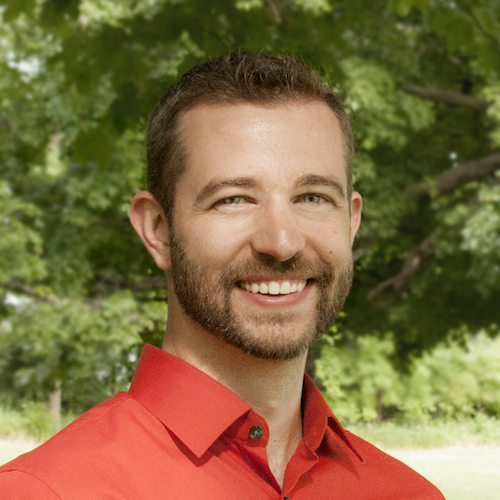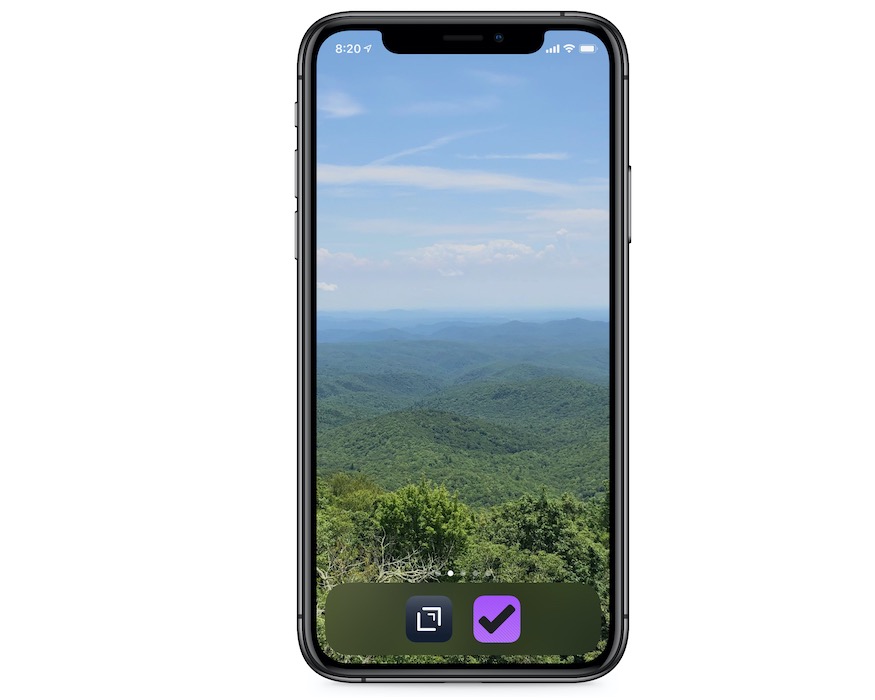How Joe Buhlig’s Shabbat Helps Him Stay Intentional
In this Mindfulness Monday post, we talk to Joe Buhlig about how his Shabbat impacts his use of technology, his ongoing fight against email, and his intentional iPhone habits.
Meet Joe Buhlig
Joe Buhlig is my co-host for the Bookworm podcast and a huge productivity nerd. He’s a Discourse expert (he actually built the forum for Mac Power Users) and recently launched a big update to his Working With OmniFocus video course (if you’re interested in the course, he’s giving $5 off to TSS readers who use the coupon code SWEETSETUP at checkout). He also runs an analog productivity community called Analog Joe and writes about his productivity experiments in his newsletter, The Weekly Impulse.

He’s also one of the most intentional people I know, so I knew he’d have a bunch of great ideas to share on maintaining focus and intentionality when it comes to his technology.
Must-Have, Most-Used Apps for Thinkers
We spend an inordinate amount of time sorting through hundreds of apps to find the very best. Our team here at The Sweet Setup put together a short list of our must-have, most-used apps for writing, note-taking, and thinking.
What sort of boundaries or intentional constraints (i.e. rules) have you set up around how you use your technology?
- Every week my family and I celebrate Shabbat. We’re not Jewish, but we love the concept of a sabbath and as such, we’ve started doing a weekly Shabbat dinner to kick off our day of rest. When we start the process of setting up for this dinner, the phone goes to bed while we tell stories. But once dinner is over, I turn off WiFi and I turn off cellular data for the next day. That way the only thing I’m able to do with it is text or call.
- Except for product launches and publicity events, I keep all social media and email restricted to my Mac. If there’s anything that causes me to lose track of time more (and waste it unnecessarily), it’s these two constructs.
- Screen Time. I both love and hate this feature. I do my best to keep my phone time down to 30 minutes in a day. I don’t always succeed, but that’s my daily goal.
What does your phone home screen look like? How has the application of your intentional constraints shaped what shows up here?
For our 10th anniversary, my wife, Becky, and I went to the mountains in North Carolina and hiked up some of the highest peaks in the area. It was impossible to complete the hike, so we immediately turned around to head back, but I took a lot of photos and we sat in silence for extended periods.

This particular photo helps me pause before I act whenever I see it, and that’s exactly what I want when it comes to my technology. These screens are tools, and I want to think about what I’m doing with them before I start tapping away unconsciously. Thus, I keep this home screen empty so I can see that photo and (hopefully) prompt a pause before action.
As you apply intentionality to your use of technology, what are some examples of what you consider to net positives technology uses?
I have a habit I developed a few years ago that revolves around Drafts. Before I sleep my phone screen, I swipe up from the bottom (takes me to the home screen), and launch Drafts immediately before the screen goes black. This simple habit does one powerful thing: it assumes that the next time I unlock my phone I’m going to type in an idea. And if I do that every time I sleep the phone, I slowly build the habit of using my phone as a capture device and not just a device that can capture. So whenever I unlock it, I can start typing right away.
I can’t express how much this has slowed me down in random-tapping my phone. It forces me to realize that I should be using this pocket screen as a tool. And when I do leave Drafts, I’m left with my home screen photo, which can also prompt intentional thinking. You get the picture here. I want to create a bit of resistance to perusing apps and focus on doing a predetermined task.
It’s also hard to consider net positives of technology and not consider the leaps in communication and information availability. Being able to send messages and video to friends and family across the world is invaluable. Learning how to do tasks via YouTube that would have formerly been out of reach is empowering. But both of those revolve around the simple premise that technology is augmenting the real-life connection we have with others, and that’s key.
What was your tipping point — the moment when you decided you needed to do something about your technology defaults?
June, 2014. I was on the floor in our living room playing with my oldest daughter who was one and a half at the time. I was chasing her all over the house and she was giggling to no end. Life was good. But as we ran around the kitchen island once more, my phone dinged. I gave up chase, pulled out my phone, and read a notification that someone had liked one of my tweets. And that’s when it struck me that I had a problem.
This had a big impact on me since I can give you that much detail five and a half years later. It’s hard to say, but I had allowed a stranger to interrupt a game with my daughter. I wish I could say it hasn’t happened since, but it has. The difference is that I’m aware of the problem now and I’m actively working to fight it.
As you’ve changed your technology habits, what are some of the things you’ve had to learn to work around or live without?
I don’t own an iPad, I don’t own an Apple Watch, and I don’t have an interest in owning either one. I know that everyone seems to have both or multiple of each, but I haven’t been able to justify their use. I do all my heavy-lifting on my Mac, and I use my phone as a viewer into my data. Those two additional devices would only open the door to more screen time and that’s the last thing I want to introduce right now.
What app (or service) has the strongest pull towards getting you to go back to the way things were? And how do you deal with it?
Email. I always feel like I should get back to emails quickly. I think my background in corporate life created that interest, but I know better. The best and easiest way to make sure I don’t slip back into old habits is to keep it off my phone and schedule time to clear my inboxes. Otherwise, I’m a 100-checks-a-day sort of guy.
How has implementing boundaries or intentional constraints positively impacted your life?
When I spend time with my family, I’m able to focus on them without interruption. And my kids see it. They can tell when I really see them and when I’m distracted. And when I see them, they open up more and thrive. That’s what I want. I want my kids to know I am their biggest fan, but I can’t do that if my face is staring at a screen all the time.
There are a couple friends I meet regularly for coffee or breakfast and we maintain a rule of keeping phones in the car or at least our pockets. And I know for a fact that our conversations are deeper, more real, and more fulfilling than the meetings I have with folks checking their Apple Watch every 5 minutes when they think I’m not looking.
What’s your best advice for the person who is trying to change how they use their technology to be more intentional?
If it isn’t constructive, is it destructive? I ask this question about my technology quite a bit. In some cases, the answer is simple. Checking Facebook regularly is generally destructive. Capturing ideas so you can focus on the task at hand is constructive. Sometimes the answer is neutral. Is it good or bad to have Yelp on your phone? It depends on your use case and if it’s something you spend too much time on, and only you can answer that for yourself.
Must-Have, Most-Used Apps for Thinkers
We spend an inordinate amount of time sorting through hundreds of apps to find the very best. Our team here at The Sweet Setup put together a short list of our must-have, most-used apps for writing, note-taking, and thinking.
